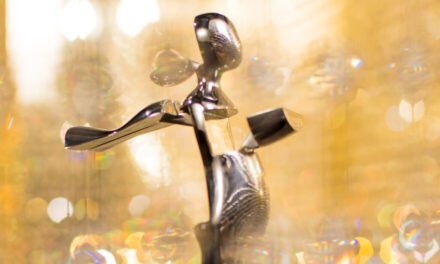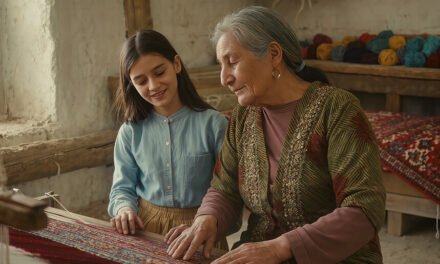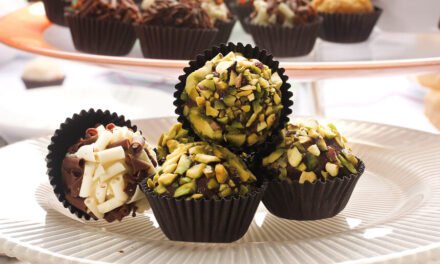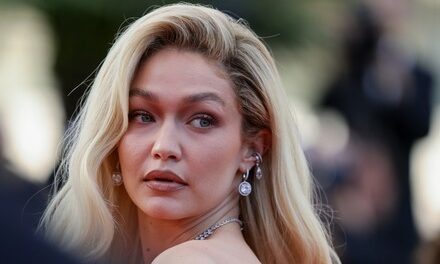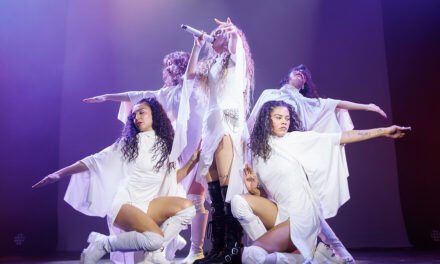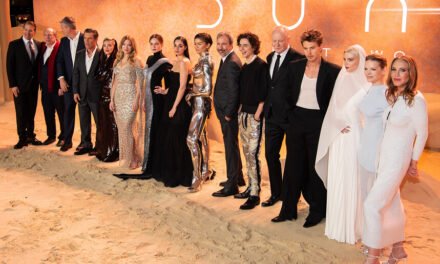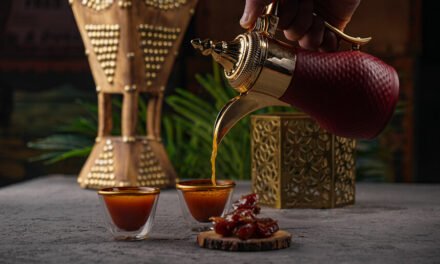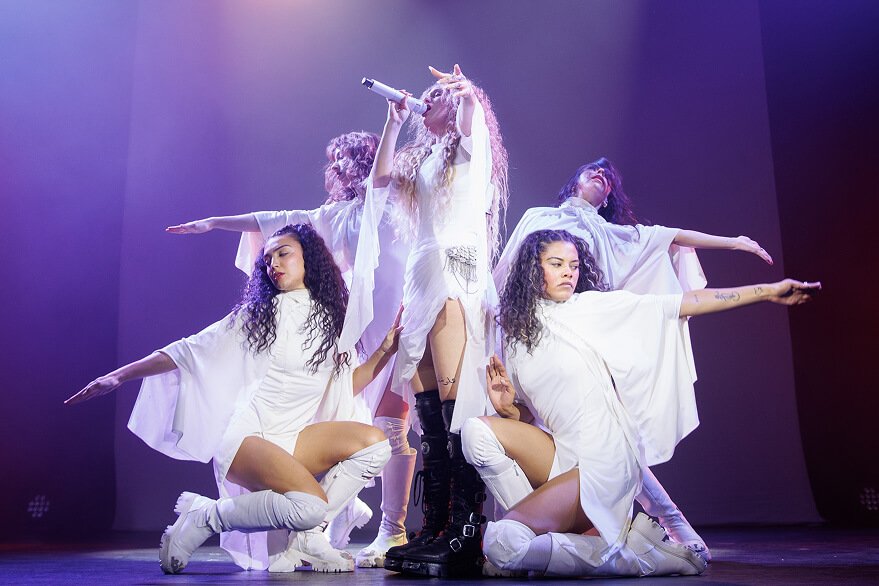It’s golden hour on a rooftop in Beirut. The breeze carries hints of jasmine, and somewhere behind the clinking of glasses and camera shutters, a beat drops — not in English, not in French, but in Arabic. It’s a rhythm familiar to millions, yet fresh to many: sleek, sultry, global.
Welcome to the world of Arabic pop — not just a genre, but a rising cultural force that’s reshaping music, mood, and modern identity.
From Cairo to Cannes, Riyadh to Rodeo Drive, Arabic pop music is now part of the global soundtrack. And it’s not by accident.
Where Style Meets Sound
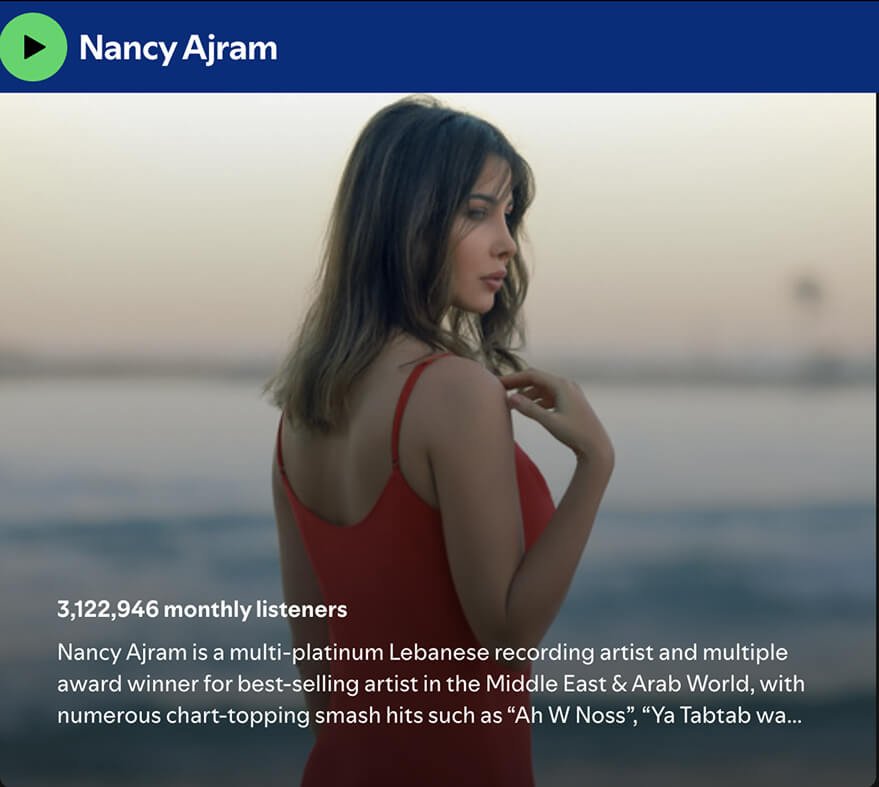
Arabic pop’s rise is more than a sonic shift — it’s a stylistic one. Its artists are more than musicians; they’re tastemakers. Nancy Ajram’s effortless glamour, Tamer Hosny’s sharp silhouettes, and Elyanna’s boundary-pushing looks are filling feeds and front rows alike.
Arab pop stars are showing up not just on Spotify charts, but at fashion weeks, in brand campaigns, and on curated travel playlists. It’s no coincidence that fashion houses and content creators are weaving Arabic beats into reels, runways, and high-end lounge experiences. The music has become an extension of modern Arab luxury and cosmopolitan cool.
Fusion Without Apology
What makes it so magnetic? Arabic pop fuses East and West — but not to please anyone. Rather, it claims space on its own terms. Traditional maqams flirt with trap beats. Oud riffs meet synthesizers. Lyrics in Arabic swirl around EDM builds or reggaeton rhythms.
Amr Diab laid the groundwork decades ago. Now, a new generation is pushing further — experimenting, hybridizing, owning every stage they step on. Artists like Saint Levant, Wegz, and Issam Alnajjar are just as likely to be featured in GQ as they are on a global DJ’s remix.
And yet, they’re not trying to “break in.” They’re inviting the world in — into their sound, their stories, and their identity.
Streaming Without Borders
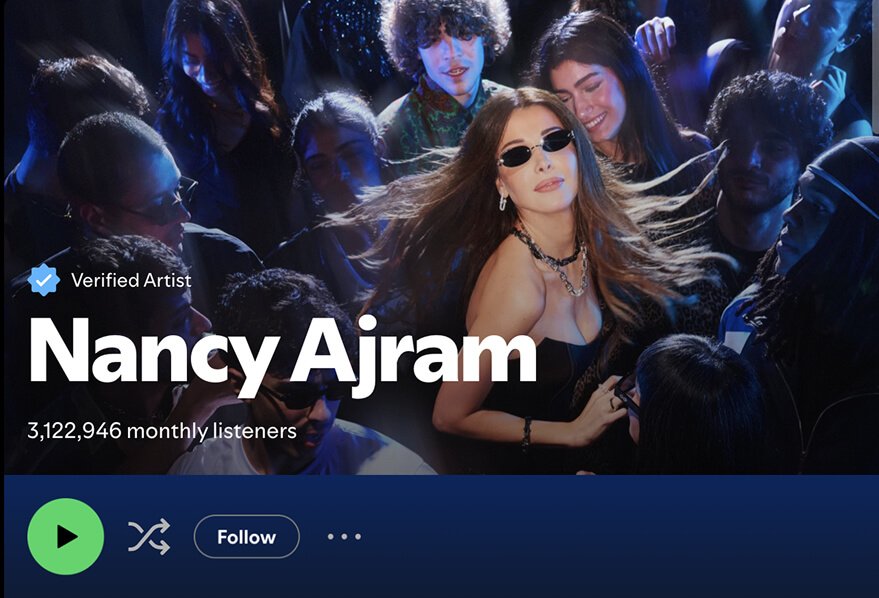
Thanks to TikTok, YouTube, and Instagram, Arabic pop is no longer confined to radio stations in the Levant or satellite TV in the Gulf. It’s going viral in Barcelona nightclubs, New York brunch spots, and Gen Z dorm rooms in Seoul.
Social platforms have become the new launchpads. A 15-second hook with the right beat can capture millions. And fans aren’t just listening — they’re dancing, creating, translating, and celebrating.
This isn’t just music consumption. It’s a cultural conversation.
Global Stage, Arab Soul
In 2024, Elyanna became the first artist to perform an all-Arabic set at Coachella. It wasn’t just a milestone — it was a mood shift. Audiences didn’t need to understand every word. They felt it. The sway. The rhythm. The rouh — the soul.
This is where Arabic pop thrives: not in mimicry, but in authenticity. It doesn’t dilute itself to fit the mainstream — the mainstream is now expanding to meet it.
The Lifestyle of Sound
Whether you hear it in a Dubai beach club, a Los Angeles fashion event, or in your AirPods on a morning walk, Arabic pop has become a moodboard staple. It’s the sound of blending identities, of heritage meeting futurism, of music as both memory and momentum.
For the Arab diaspora, it’s a form of cultural pride. For global audiences, it’s discovery — a new language of style, sound, and self-expression.
And as more people hit “play,” Arabic pop continues to redefine not just what we listen to, but how we live.

